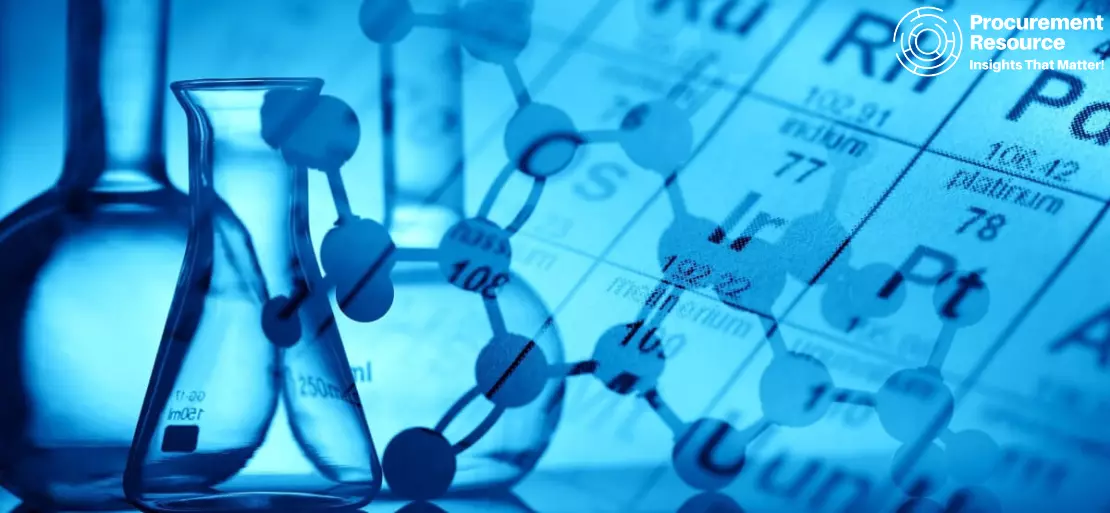Sodium Hypochlorite: Market Overview and COVID-19 Impact

With the outbreak of the COVID-19 pandemic, the demand for sodium hypochlorite has witnessed a substantial increase as the chemical is widely adopted by governments across the globe to disinfect streets, residential areas, and other public areas.
Sodium Hypochlorite (NaOCl) is used as a disinfectant, oxidizer, or a bleaching agent. Also known as bleach, sodium hypochlorite has a pale greenish yellow colour and a pungent odour. It is a highly unstable and highly corrosive solution. Sodium hypochlorite is mostly used for water treatment purpose or as a disinfectant.
Uses of Sodium Hypochlorite
As a Water Disinfectant:
- Sodium hypochlorite is used in swimming pools, municipal water, or sewage for water disinfection and oxidation.
As a Bleaching Agent:
- Sodium hypochlorite is also known as soda bleach. It is a bleaching agent for rayon, pulp, paper, cotton, linen, and jute.
Domestic Use:
- On a domestic level, sodium hypochlorite is used for household and laundry cleaning, sanitation, deodorising, disinfection, and surface purification.
Food Industry:
- It is used in the food industry in order to control the bacteria and odours.
Market Outlook
The sodium hypochlorite market has been growing at a healthy pace as it is very cost-effective as a bleaching agent and water disinfectant. Due to the growing risk of water borne diseases, there has been a tremendous demand of sodium hypochlorite in the market. Rapid urbanisation is another aspect that has been propelling the market growth. As urbanisation increases, industrialisation also increases proportionally, which further increases the wastewater production and water contamination, contributing to the rising need for sodium hypochlorite.
Market Overview Post-COVID
The coronavirus outbreak is likely to buttress the sodium hypochlorite market growth as the demand for household cleansing and sanitation products witnesses a substantial increase. As sodium hypochlorite is an excellent water disinfectant, the demand for the chemical is expected grow in order to prevent the world from water borne diseases and to provide the growing population with clean and hygienic water, especially for the duration of the COVID-19 pandemic.
Governments across the world are also significantly contributing to the demand for the chemical during the ongoing pandemic as sodium hypochlorite-based disinfectants are being widely used to disinfect commercial and public spaces. Therefore, the growth of sodium hypochlorite industry is quite promising in the year 2020.
In India, the consumption of sodium hypochlorite has increased by nearly 100 tonnes per month after the COVID crisis. The chemical is mostly used in the textile and hotel industry, where sanitization is of grave importance.
In cities like Kanpur, where there are abundant factories, the Kanpur Municipal Corporation is consuming sodium hypochlorite to its maximum capacity for sanitization purposes. Large scale sanitisation of roads, residential areas, and public spaces in many cities is being carried out at full pace. This sudden surge in demand may, however, create a shortage of the chemical supply.
In Egypt, the demand for sodium hypochlorite witnessed an increase of 800% in order to counter the spread of COVID-19. In China and Europe too, a significant increase in the demand for the chemical has been witnessed. At the time when the whole world is struggling with the fight against COVID-19, the governments across the globe have taken measures to fight the pandemic.
The sanitization of roads, buildings, societies, hospitals, hotels, and other common spaces has made a room for a significant growth in the demand for disinfectants. Therefore, the demand for sodium hypochlorite is likely to witness a substantial increase in 2020 and is expected to witness a healthy growth in the coming few years.


